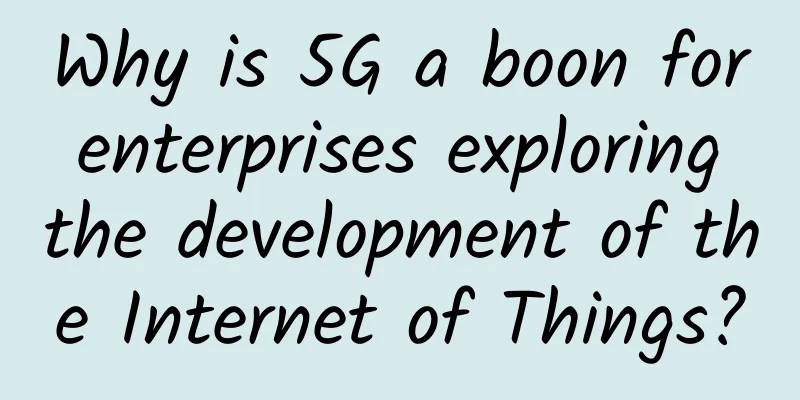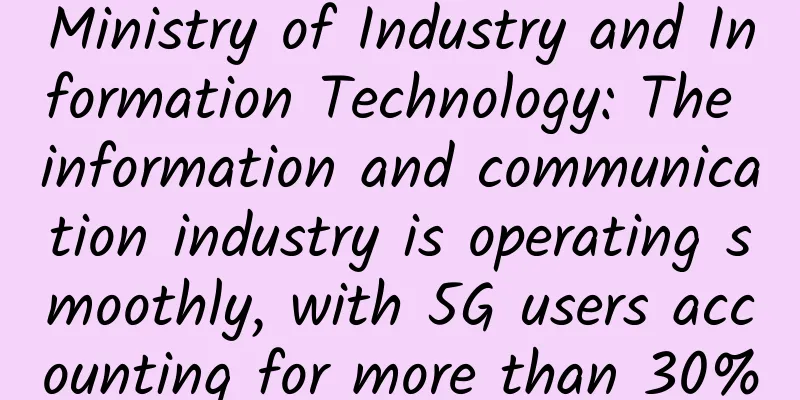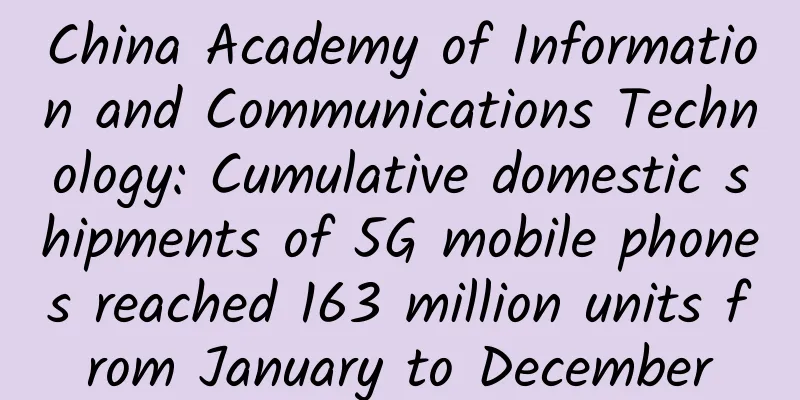Why is 5G a boon for enterprises exploring the development of the Internet of Things?

|
There is an interesting analogy to understand IoT: these devices are all neurons connected to a giant brain called the Internet. Every small device in this network holds a set of important data. Now, the performance of this neural network will directly depend on the efficiency of data transmission. This is exactly what 5G provides, a fast and sustainable network. Yash Mehta, an expert in IoT and big data science, said that the arrival of 5G has significantly improved the bandwidth of the previous generation, and one-third of the world's population will consume 5G bandwidth, thus becoming contributing nodes to some IoT networks to a certain extent. Why is 5G so important to the Internet of Things? Faster signalTruth be told, 5G and IoT are complementary. While all elements in an IoT network require a strong signal, 5G provides the necessary infrastructure through a technology called beamforming. It captures signals from multiple antennas and directs them toward a specific device. Beamforming is effective because it can span physical obstacles, such as walls, thereby ensuring uninterrupted transmission of the signal. Previously, the network signal would inevitably lose strength. This centralized delivery of high-quality signaling to drive the IoT ecosystem makes beamforming one of the most impactful 5G capabilities. Secondly, data reception and transmission capabilities are another improvement over 4G. Previously, it was quite successful in some use cases. With 5G, enhanced MIMO (Multiple Input Multiple Output) capabilities are available to everyone. MIMO, with its powerful bandwidth, can support antennas regardless of geographical conditions. This allows poor areas to access 5G and supporting applications such as the Internet of Things. More stable connectionFor IoT, network stability is more important than speed. Any form of uncertain downtime will not only disrupt the operation of the ecosystem but also put confidentiality at risk. Even in the simplest home IoT use cases such as automatic locks, CCTV, appliances, etc., network uptime is key. 5G networks simply ensure the same. They can handle more devices, provide 10 times the speed, and establish a reliable ecosystem for device communication. Therefore, the next generation of IoT devices will benefit from low latency and high-speed connections, which may drive more complex operations. Take a manufacturing unit as an example. It has a series of devices connected to remote monitoring, predictive analysis equipment, and automated assembly lines. Manufacturers can accelerate their go-to-market plans by embracing the 5G-enabled Industrial Internet of Things (IIoT) field, thereby completely changing their production goals. Remote inspectionAmong the numerous IoT applications, remote inspection of equipment and processes is the most popular. For example, in industries such as power and energy, equipment is distributed in different places. Transformers, power grids, utility poles, etc. should be continuously monitored to avoid any kind of interruption. With IoT smart infrastructure, technicians can check maintenance remotely, thus reducing field visits to sites miles away. Similarly, railways can use IoT sensors to detect track faults and issue timely alarms. Alternatively, they can predict train delays and broadcast them to all relevant stations on the route. In IBM's civil infrastructure case, the use of drone systems will assess the sustainability of aging bridges, tunnels, road networks, etc. Data obtained from multiple devices is used to analyze and identify critical failure areas. Likewise, drones can provide aerial surveillance of other city assets, such as gas pipelines, utility wires, traffic lights, etc. If performed properly, such inspections can identify problem areas and avoid large-scale disruptions. in conclusionThe Internet of Things is everywhere and is evolving just like the World Wide Web. With 5G, businesses must leverage the infrastructure, automate processes wherever possible, and focus on innovation. Organizations, big or small, should explore the possibilities in this space without a second thought. |
<<: Endpoint Technology: A one-stop digital transformation platform for enterprises
>>: Teach you to understand the communication protocol in three minutes
Recommend
What is Zigbee? Why is it important for your smart home?
Smart home connections include not only familiar ...
Friendhosting Christmas/New Year promotion, 40% off all VPS hosts, unlimited traffic in multiple computer rooms
Friendhosting launched a promotion for Christmas ...
WiFi coverage throughout the house requires a remedy
Watching various live broadcasts every day, but o...
How IoT, 5G, and NFV will impact data center infrastructure
As we all know, mobile data traffic is growing ex...
The 400G era is coming, and new optical fibers may be the best partner
With the continuous emergence of high-definition ...
KubeDL joins CNCF Sandbox to accelerate the cloud nativeization of AI industry
On June 23, 2021, the Cloud Native Computing Foun...
Different Types of Network Cables and Their Uses
In today's connected world, network cables pl...
Let's talk about the time-consuming TCP connection
When developing daily interfaces on the Internet ...
Borei Data reshapes APM and sets a new benchmark for IT operations and maintenance
With the rise of new-generation information techn...
Pull or Push? How to choose a monitoring system?
[[421126]] A variety of monitoring systems Monito...
Deepin Technologies was invited to attend the symposium held by Guangxi Zhuang Autonomous Region Information Center
On December 4, Wang Zhen, Vice President of R&...
Ruijie campus switching and wireless technologies lead the education industry; Ethernet color optical technology promotes innovation in education networks
IDC report shows that in the first half of 2024, ...
CloudCone: $1.99/month KVM-768MB/15GB/3TB/Los Angeles MC Data Center
CloudCone's 2021 flash sale has started again...
6G, how should the communications industry tell an attractive story?
6G has come suddenly like a spring breeze. Recent...
Higher bandwidth, faster bandwidth... Wi-Fi 6 is so "6", why not change your router soon?
I'm afraid everyone is familiar with Wi-Fi, a...






![[Closed] NextArray: $1.99/month KVM-1GB/10GB/1TB/Portland Data Center](/upload/images/67cabeb49f525.webp)


